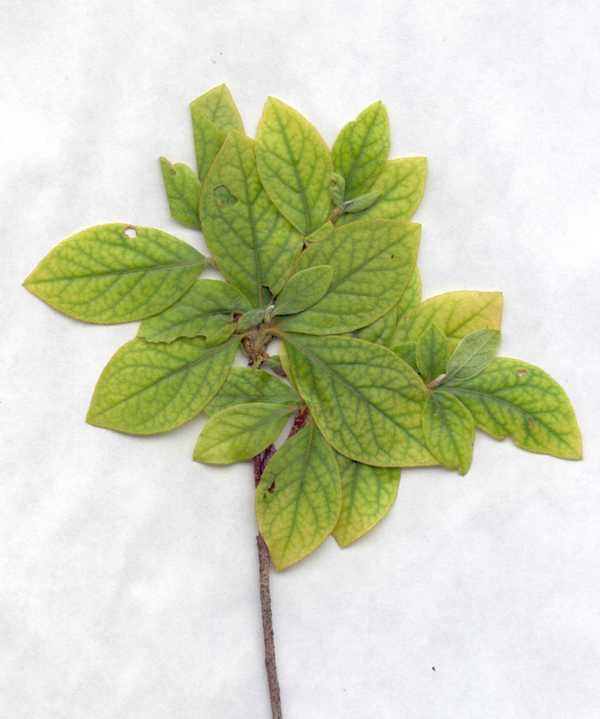Source(s): Willie O Chance
As we head toward the end of the year, gardeners want their landscapes to look their best. But sometimes, in spite of our best efforts, the leaves on certain evergreen plants turn yellow and unsightly! This is especially true of azaleas, gardenias and hollies.
Why Are My Azaleas’ Leaves Turning Yellow?
One of the main questions at this time of the year is – “Why are so many of the leaves on my azalea plants turning yellow?” This year, it appears many azalea plants have more yellow leaves than green leaves! Usually we see a few older leaves yellowing with the younger leaves remaining green. However, in some cases, many leaves are turning yellow. Why is this condition so bad this year?
Remember, a plant losing some of its leaves is a normal process. The older leaves die and younger ones replace them. You would only be concerned if most of the leaves are yellow.
The traditional reply is that the plants have run out of fertilizer – particularly nitrogen. Nitrogen-deficient azaleas will shed older leaves. This is certainly a possible cause. And why did this happen? Azaleas may have missed their last fertilization in July or August or just never took up the fertilizer available.
Don’t worry about these plants. They should bloom normally in the spring. Fertilize them after the danger of frost is past – about April 1. Do not fertilize them now. This may cause the plant to start growing again. And this new growth, in turn, will be cold-tender and may be burned back by our winter weather.
Our unusual weather may be causing a problem with azaleas. Azaleas are a Southern favorite, but they are somewhat temperamental. Their fine fibrous roots like well-drained but moist soils. This year’s summer drought, followed by a wet autumn, may have damaged these roots. This is especially a problem in areas not suited for growing azaleas. Azaleas do not like wet or very dry soils or full sun locations.
There is not much we can do about this now. Fertilizing now will not fix this problem, and in fact, could further complicate the situation. Proper planting and maintenance will help prevent this problem in the future.
Plant azaleas in well-drained soils in partially shaded locations. The shade provided by planting them next to a building is not always enough shade. If they must be planted in the sun, they prefer the morning sun. Plant azaleas in slightly raised beds, if possible. Plant them no deeper than they originally grew.
The roots may be pot-bound when you buy them. This is when the roots are tightly matted together. Pot-bound roots form a tough ball that the roots may never grow out of. Cut the root ball or break the roots down four sides of the root ball if the plant is pot bound. Spread the roots out as you add soil.
Also, plant azaleas in beds, if possible, and not individual holes dug in the ground. Till the area well. You do not need to add compost to the soil. Put a three-inch mulch over the entire bed after planting. Water the soil well to settle the roots. Plant in fall and winter for best results.
Proper planting and watering are critical steps in assuring success in growing azaleas. Azaleas and other shrubs must be watered for best results. This is especially true during the first year. Water the soil so as it keeps it moist but not wet for the first six months. After that, water when soil dries out, wetting the soil to a depth of twelve inches. Water three-quarter to one inch a week during drought conditions. After plants are established, do not water every day or every other day! Frequent watering can kill plants.
Two other leaf problems with azaleas are: 1)iron deficiency and 2) lace bugs. An iron deficient azalea will have yellow or white younger leaves. The leaf will be yellow with green veins. Use a soil applied iron fertilizer at the labeled rate. If the iron deficiency returns quickly or repeatedly, the azalea may have root injury or the soil pH may be too high.
Lace bugs make the leaves look speckled or silvery. The underside of the leaves will be brown speckled. Wait until March and treat the plants with Orthene or other recommended insecticides. Read and follow all label directions.
Enter the New Year with healthy azaleas. Azaleas may look sad and unsightly now, but they can return to healthy plants with proper care.
Center Publication Number: 230
Look at this too from our friends in Cobb County: Azalea Leaves Turning Yellow, Dropping?
